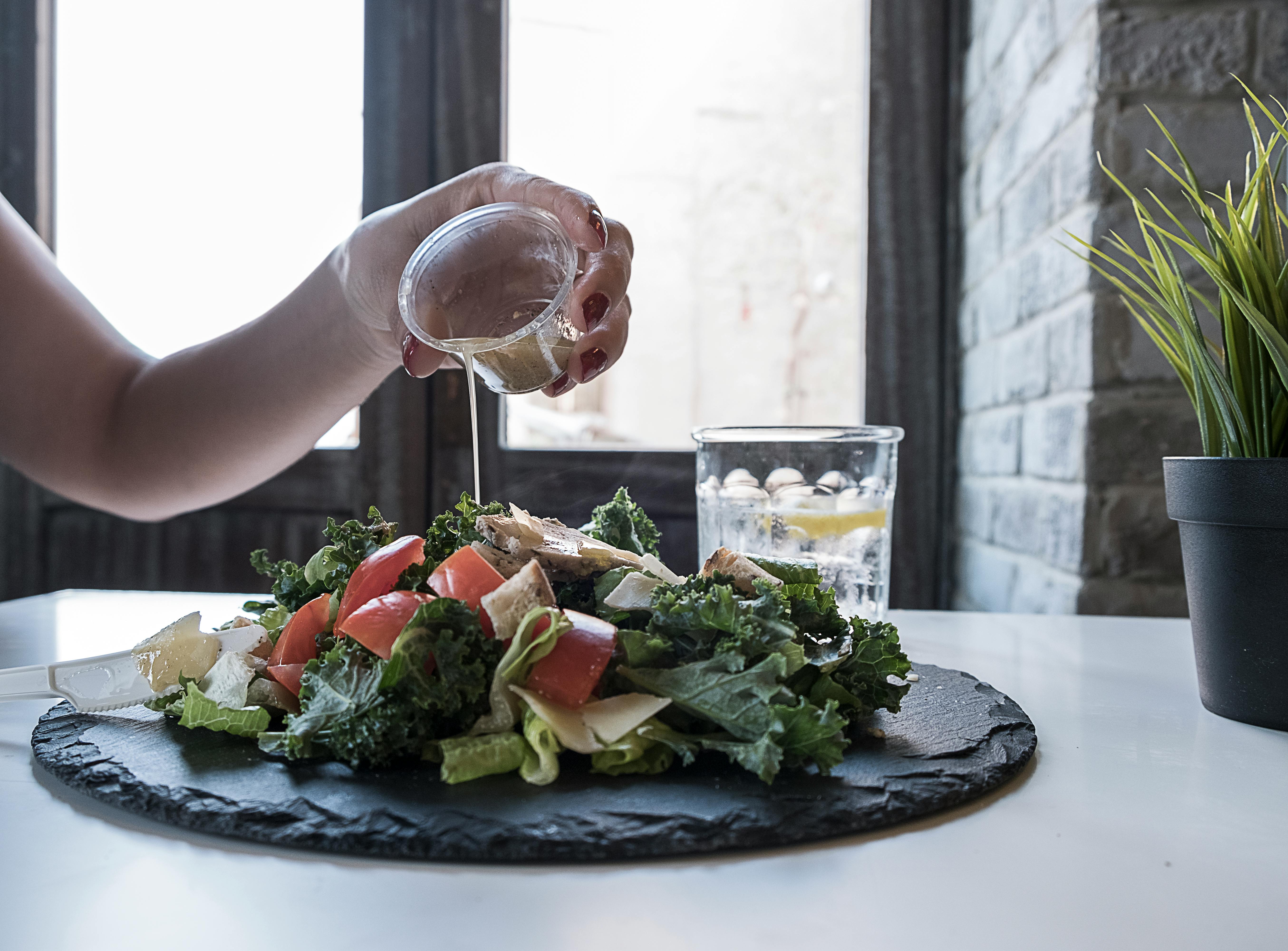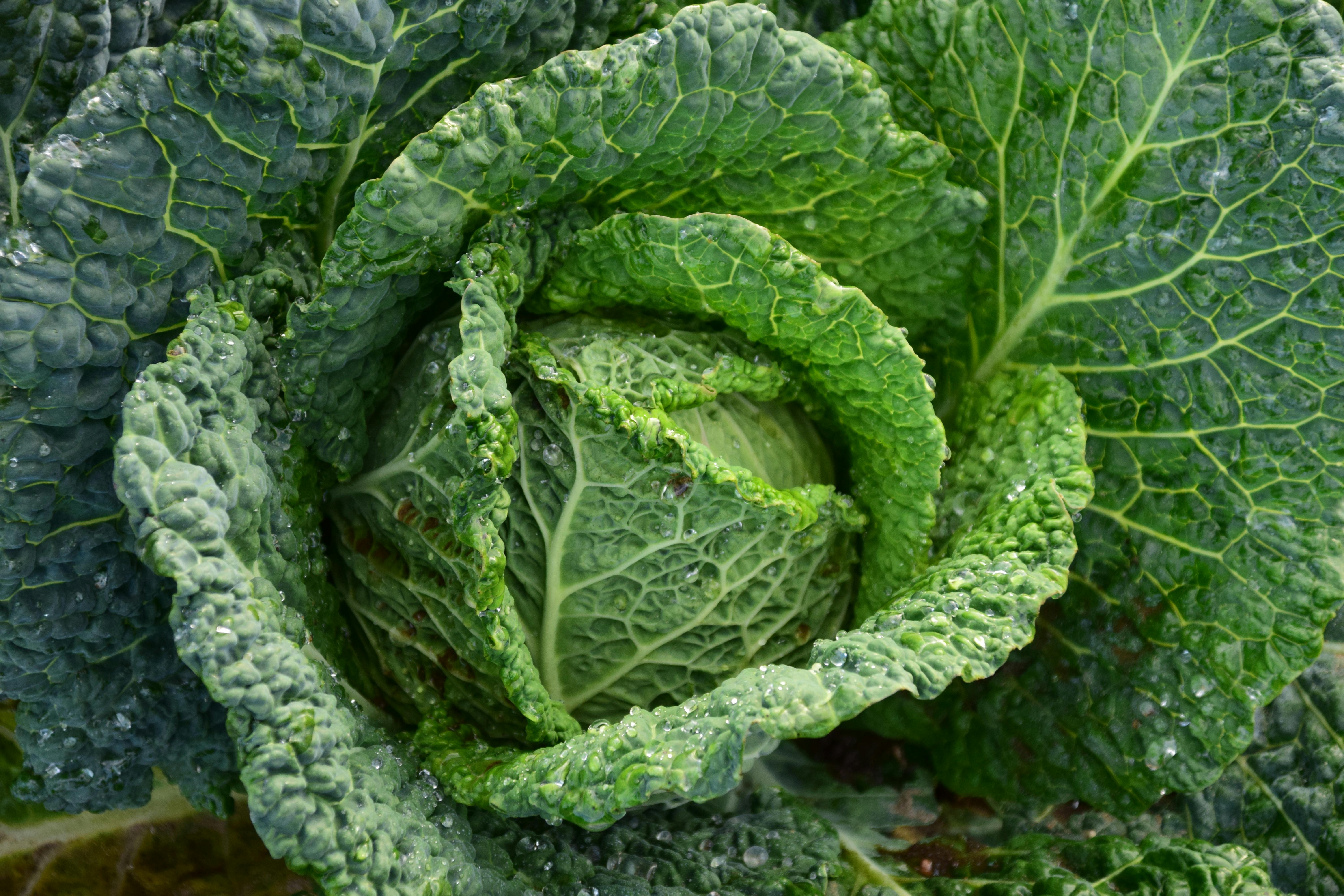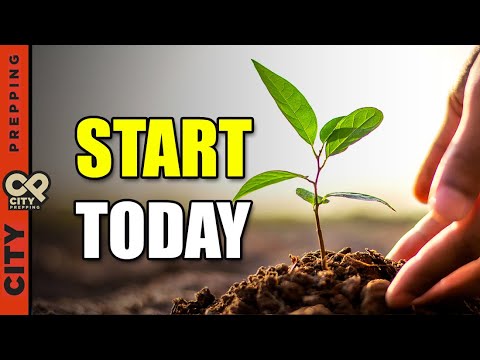If you’re looking to start a garden and want to know what veggies to plant now, you’re in the right place! Gardening is a great way to have fresh produce right in your backyard, and it’s also an enjoyable hobby. Planting the right vegetables for the season will ensure that you get a healthy harvest. In this guide, we’ll cover some of the best veggies to plant now so that you can get started on your garden!Spring is an ideal time to plant a variety of vegetables in your garden. Some popular vegetables to plant in spring include lettuce, spinach, radishes, carrots, peas, beets, turnips, kale, broccoli, and cauliflower. Herbs like cilantro and parsley are also great to plant during the spring months.
Best Veggies To Plant Now
Now is the perfect time to start planting vegetables in your garden. Whether you want to enjoy fresh produce from your own backyard or just have a hobby of growing vegetables, there are some veggies that are best to plant now.
Some popular vegetables that can be planted in the spring include broccoli, cauliflower, kale, spinach, Swiss chard, cabbage and lettuce. These veggies thrive in cool climates and can be harvested throughout the summer months. Planting multiple batches throughout the spring will ensure a continuous crop throughout the season.
Root vegetables like carrots and radishes should also be planted now. Carrots can take up to three months to mature but they will last through the winter if harvested before frost. Radishes are ready to harvest after only a few weeks and can be planted every couple of weeks for a continuous crop all season long.
Tomatoes and peppers are also great choices for spring planting as they require more heat and sun than other vegetables. Tomatoes should be planted around the same time as other cool-weather veggies but peppers should wait until temperatures are consistently above 70 degrees Fahrenheit.
Herbs like cilantro, parsley, oregano, basil and mint can also be planted now as they prefer cooler temperatures for optimal growth. Herbs do well in containers or in beds with other plants as long as they get plenty of sun and water each day.
With these tips in mind, you’ll be able to plant a wide variety of delicious veggies this spring that will give you plenty of fresh produce all summer long!
Prepare the Soil
When preparing your garden for planting veggies, the first step is to prepare the soil. This includes removing weeds, amending the soil with compost or other organic matter, and ensuring that the soil is loose and free of large clumps. The pH level of the soil should also be tested to make sure it is suitable for growing vegetables. If necessary, you can add lime or sulfur to adjust the pH level.
Test for Nutrients
The next step in preparing a garden for planting veggies is to test for nutrients in the soil. This can be done with a store-bought test kit or by taking a sample of soil to a lab for analysis. Once you know what nutrients are lacking, you can add fertilizer or other amendments to replenish them.
Choose Planting Areas
Once you have prepared the soil and tested for nutrients, it’s time to choose where you will plant your vegetables. Consider the sunlight requirements of each type of vegetable and plan accordingly so that each area gets enough sunshine throughout the day. Also consider whether any plants will need additional protection from wind or other elements that may affect their growth.
Plant Your Veggies
Finally, it’s time to plant your veggies! Make sure to follow the instructions on each seed packet carefully in order to give your plants a healthy start. If you are transplanting seedlings instead of starting from seed, be sure to water them thoroughly before planting and give them plenty of space between each one so they can grow properly.
By following these steps, you will ensure that your garden is ready for planting vegetables! With a little bit of preparation and care, you can enjoy fresh produce all summer long!
Prepare the Soil
Before planting your veggies in spring, it is important to prepare the soil first. Start by tilling the soil and adding organic matter such as compost or manure. This will help to ensure good drainage and aeration for the roots of your plants. It will also provide essential nutrients for them to thrive. Once you have prepared the soil, you can begin planting your vegetables.
Choose Your Seeds Wisely
When choosing which seeds to plant, consider what type of conditions they need to thrive in and how long it will take for them to mature. Some vegetables germinate quickly, while others take longer. Make sure you read the instructions on each packet before planting so that you know when to expect a harvest.
Choose an Appropriate Location
When selecting a location for your veggie garden, make sure it is in an area that receives enough sunlight throughout the day and has good drainage. Avoid planting near trees or other large structures that could block out light or trap too much moisture around the plants.
Water Regularly
Once your vegetable garden is planted, be sure to water it regularly. Aim for about 1-2 inches of water per week, depending on the type of plants you have planted and weather conditions in your area. If rainfall is scarce, consider setting up a drip irrigation system or investing in a rain barrel so that you can water your plants when needed.
Mulch and Fertilize
To help retain moisture and prevent weeds from taking over your garden bed, spread a layer of mulch over the top of the soil once it is planted with vegetables. You can also apply some organic fertilizer if needed to give your veggies an extra boost of nutrients throughout their growing season.
The Best Growing Conditions for Planting Veggies Now
Growing vegetables can be a rewarding experience, but it isn’t always easy. In order to get the best results, it’s important to ensure your vegetables are planted in the optimal conditions. Temperature, light, soil quality and moisture all play key roles in how well your veggies will grow. Here are the best growing conditions for planting veggies now.
The ideal temperature range for planting vegetables is between 65°F and 75°F. Too cold or too hot can stunt the growth of your crops, so make sure your vegetable patch stays within this temperature range throughout the growing season. Additionally, be sure to provide plenty of light to give your veggies the energy they need to grow. Aim to provide 8-10 hours of direct sunlight per day for optimal growth.
The soil quality in which you plant your veggies is also extremely important. Make sure to use nutrient-rich soil that has been amended with plenty of organic matter such as compost or manure. Properly amended soil will help ensure that your plants get all the nutrients they need for healthy growth and development. Additionally, make sure to keep the soil moist throughout the growing season by watering regularly and deeply when needed. This will help prevent stress on the plants and promote healthy root development.
By following these tips for optimal growing conditions you can help ensure that your vegetable garden is a success this year! With careful planning and preparation you can enjoy a bountiful harvest come harvest time.

What Vegetables Grow Best In Spring?
Spring is the perfect time to start your vegetable garden. With the warmer temperatures and longer days, plants will have plenty of time to grow and develop. There are many vegetables that can be planted in spring, but some are more successful than others. Cool-weather crops like spinach, lettuce, broccoli, cauliflower, and radishes thrive in spring gardens. Peas are another popular cool-weather crop that is well-suited to spring planting. Carrots make a great addition to any garden; however, they need to be planted early in the season so they can mature before the summer heat arrives. Onions and garlic also need to be planted early in the season for best results. Tomatoes, peppers, eggplants, squash, cucumbers, and other warm-weather plants should wait until after the last frost has passed before being planted. All of these vegetables will produce an abundant harvest if given proper care throughout the season.
Regardless of what kinds of vegetables you decide to grow in your garden this spring, making sure your soil is healthy and well fertilized is essential for success. Composting and using organic fertilizers can help improve the quality of your soil and encourage healthy growth in your plants. With a little bit of planning and preparation you can have a thriving vegetable garden this spring!
The Challenges Of Planting Veggies This Time Of Year
Planting vegetables can be a rewarding experience, but it can also be challenging this time of year. Cold weather, shorter days, and reduced sunlight can all make it difficult to get a successful crop. It is important to plan carefully and understand the challenges that come with planting vegetables in cold climates.
One of the biggest challenges is finding plants that can survive the cold temperatures. Many vegetables cannot survive in temperatures below freezing, so it is important to find varieties that are suitable for your climate. Some of the hardier varieties include kale, broccoli, cabbage, and turnips.
Another challenge is dealing with shorter days and reduced sunlight. Most vegetables need a certain amount of sunlight per day to grow properly. If there isn’t enough sunlight during the day, plants may not be able to get enough energy from photosynthesis and will not grow as well as they should. To combat this issue, some gardeners will use artificial light sources such as LED lights to supplement natural light levels during the day.
Finally, there are other weather-related issues that must be taken into consideration when planting vegetables this time of year. Windy conditions can dry out plants quickly, while heavy rains can cause soil erosion or flooding issues in some areas. It’s important to choose plants that are drought-tolerant or able to withstand heavy rains in order to ensure a successful crop.
Overall, planting vegetables this time of year requires careful planning and an understanding of the unique challenges associated with cold climates. By choosing hardy varieties and taking into account weather conditions such as wind and rain, gardeners can have success growing fresh veggies even in colder climates.
Tools Needed for Planting Veggies in Spring
Spring is the perfect season to start planting vegetables. To ensure your garden is flourishing, you will need some essential tools and supplies to get the job done. These include: trowel, spade, rake, hoe, seed packets or seeds, gloves, kneeling pad, and water can.
A trowel is a small tool used for digging and transferring soil from one place to another. It is a must-have tool for planting delicate veggies like tomatoes and peppers. A spade is used for digging bigger holes and turning soil over. Rakes are used for smoothing out the soil after you have planted your seeds or transplanted seedlings into their new homes. Hoes are also useful for weeding and removing unwanted plants from your garden bed.
You will also need to buy seeds or seed packets. Make sure you buy quality seeds that have been certified by a reputable organization like Organic Gardening Magazine (OGM). If you’re buying seed packets, take note of the instructions on how deep to plant each type of vegetable in order to get the best results.
Gloves are important for keeping your hands safe from dirt and bacteria while gardening. A good pair of gardening gloves should be waterproof and breathable so that your hands don’t overheat in the sun. A kneeling pad is also useful as it provides extra cushioning when you kneel down to plant or weed in your garden beds.
Finally, don’t forget a water can! Watering is essential for helping young plants establish themselves and survive drought conditions during the summer months. Invest in a good quality watering can that has an adjustable nozzle so you can tailor the amount of water each plant receives according to its needs.
With all these tools at hand, you’ll be ready to start planting vegetables this spring!

Conclusion
Vegetable gardening is an activity that can be enjoyed year-round, and now is the perfect time to start planting. There’s a wide variety of vegetables that can be grown during this time of year, from cool-weather crops such as peas and spinach to warm-weather favorites like tomatoes. With a little planning and preparation, you can have a thriving vegetable garden in no time.
Whether you’re a beginner or an experienced gardener, there are plenty of veggies to choose from for your spring garden. Planting cool-weather crops now will ensure you’ll have something to harvest all season, while warm-weather plants will give you a head start on the growing season. Whatever veggies you decide to plant, take some time to prepare your soil and make sure your plants receive enough water and sunlight for optimal growth. You’ll be harvesting delicious vegetables in no time!

